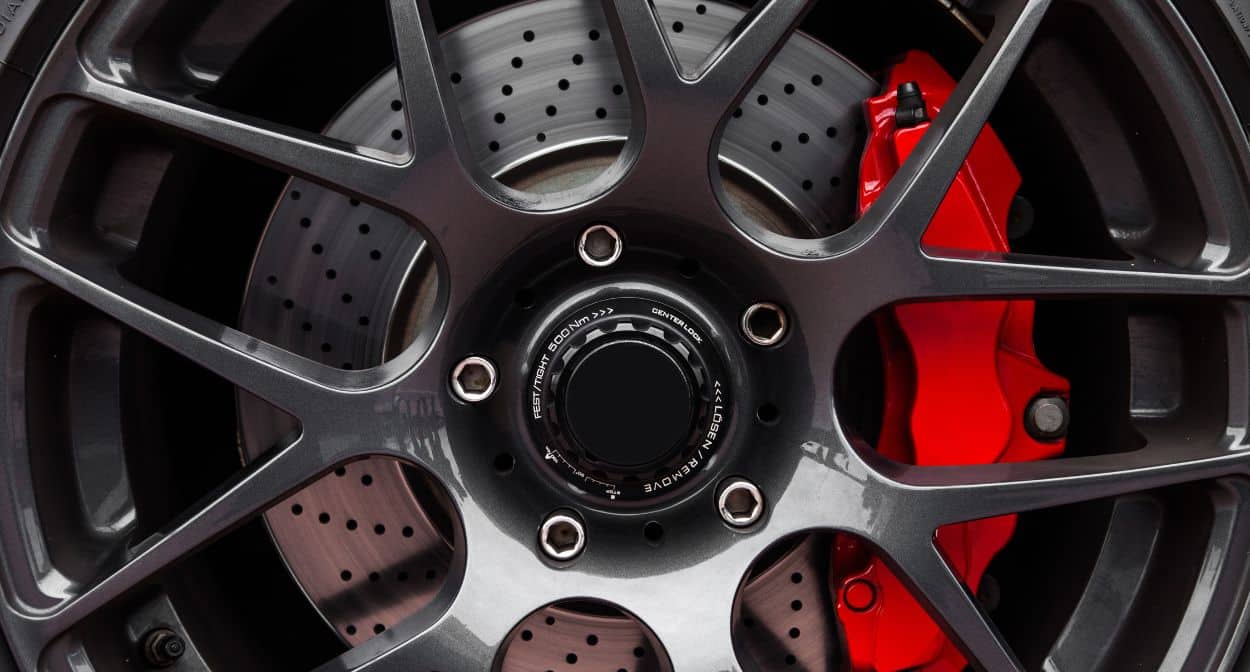Introduction
In the realm of automotive safety and performance, brake technology plays a pivotal role. As vehicles become more advanced, so do their braking systems.
This is particularly evident in European imports, which are renowned for their cutting-edge technology and superior engineering.
The evolution of brake technology in these cars is a testament to the industry’s commitment to driver safety and vehicle performance.
In this article, we will explore the latest advancements in brake technology used in European imports, focusing on Anti-lock Braking System (ABS), Electronic Brake-force Distribution (EBD), and brake assist systems.
These innovations not only enhance the driving experience but also significantly improve safety on the road.
Let’s delve into each of these technologies to understand how they work and the benefits they offer.
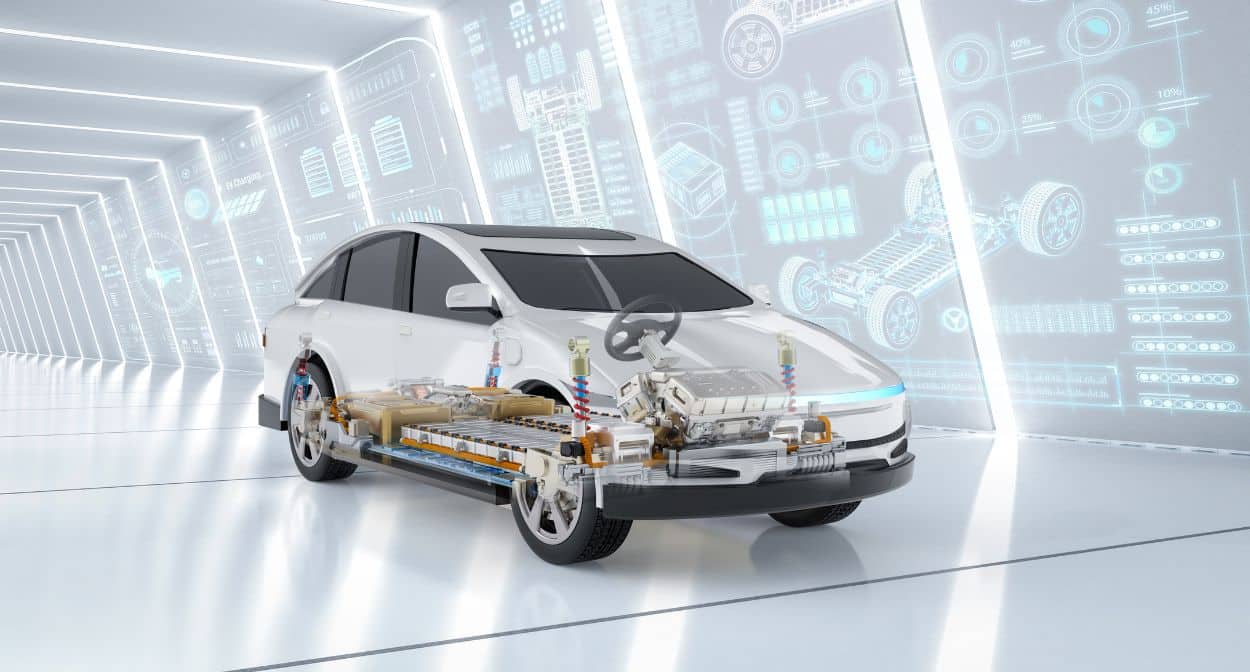
Understanding Advanced Brake Technologies
Advanced brake technologies have revolutionized the automotive industry, bringing unprecedented levels of safety and performance to modern vehicles.
These technologies are designed to optimize braking efficiency, enhance vehicle control, and prevent accidents. In European imports, advanced brake systems are a standard feature, showcasing the commitment of European car manufacturers to innovation and safety.
At the core of these advancements are systems like Anti-lock Braking System (ABS), Electronic Brake-force Distribution (EBD), and brake assist systems.
Each of these technologies addresses specific aspects of braking dynamics, working together to provide a comprehensive safety net for drivers.
By understanding these technologies, we can appreciate how they contribute to the overall driving experience and safety.
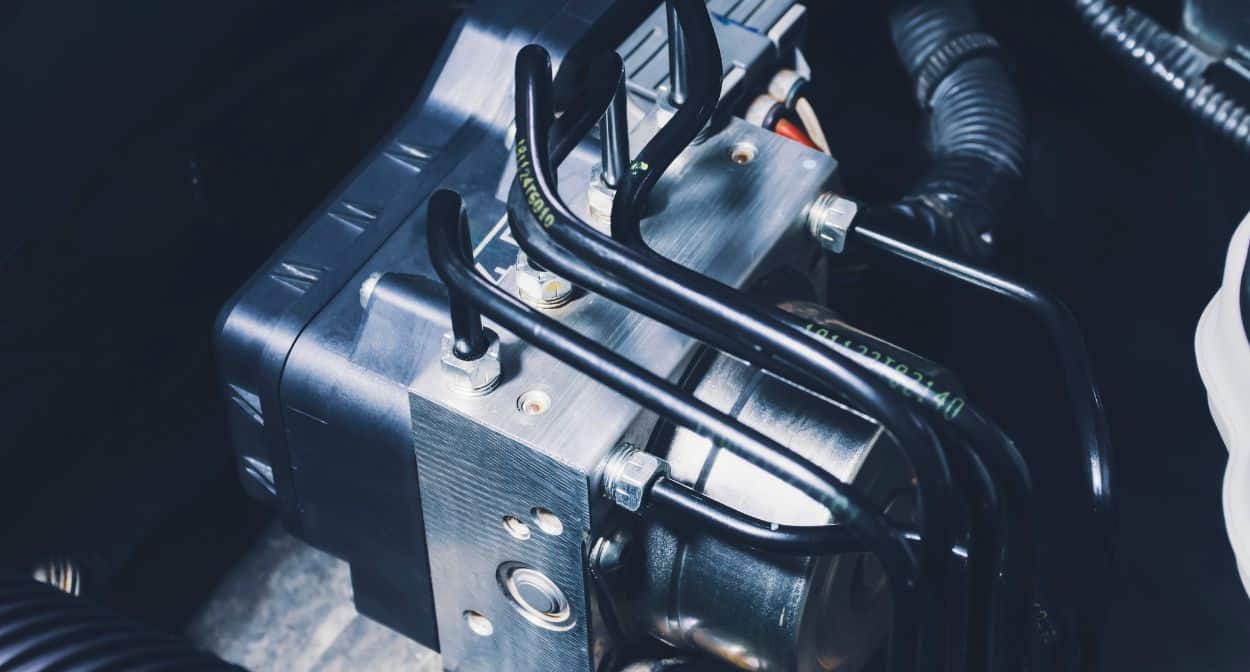
Anti-lock Braking System (ABS)
The Anti-lock Braking System (ABS) is one of the most significant advancements in automotive brake technology.
ABS is designed to prevent wheel lockup during emergency braking situations, allowing drivers to maintain steering control and avoid potential accidents.
This technology is particularly beneficial on slippery surfaces, where traditional braking systems might fail to provide adequate control.
How ABS Works
ABS utilizes sensors that monitor the speed of each wheel.
If the system detects that a wheel is about to lock up, it momentarily reduces the braking pressure to that wheel.
This process, known as pulsing, occurs rapidly and repeatedly, ensuring that the wheels continue to rotate rather than skidding.
The result is improved vehicle stability and steering control during hard braking.
History and Development in European Cars
European car manufacturers have been at the forefront of ABS development.
The technology was first introduced in the late 1970s, and since then, it has become a standard feature in most European imports.
Brands like BMW, Mercedes-Benz, and Audi were among the early adopters, integrating ABS into their vehicles to enhance safety and performance.
Benefits of ABS
The primary benefit of ABS is its ability to maintain steering control during emergency braking.
This can be crucial in preventing collisions, especially in adverse weather conditions.
Additionally, ABS reduces stopping distances on certain surfaces, such as wet roads, further enhancing safety.
Examples of European Car Models with ABS
Many European car models come equipped with ABS as a standard feature.
For instance, the BMW 3 Series, Audi A4, and Mercedes-Benz C-Class all feature advanced ABS systems.
These models demonstrate the commitment of European manufacturers to integrating top-notch safety technologies into their vehicles.

Electronic Brake-force Distribution (EBD)
Electronic Brake-force Distribution (EBD) is another crucial component of modern brake technology.
EBD works in conjunction with ABS to optimize the distribution of braking force between the front and rear wheels, enhancing vehicle stability and braking efficiency.
This technology ensures that the vehicle maintains balance during braking, preventing oversteer or understeer situations.
How EBD Works
EBD utilizes sensors to monitor the load on each wheel and adjusts the braking force accordingly.
During braking, the system assesses factors such as vehicle speed, load distribution, and road conditions to determine the optimal brake force for each wheel.
By dynamically adjusting the brake force, EBD helps maintain vehicle stability and control.
Advantages of EBD
The primary advantage of EBD is its ability to improve braking efficiency and vehicle stability.
By distributing the brake force more effectively, EBD prevents the wheels from locking up or skidding, especially under heavy braking conditions.
This technology is particularly beneficial when carrying varying loads or during sudden braking maneuvers, ensuring that the vehicle remains stable and controllable.
Examples of European Car Models Featuring EBD
EBD is a standard feature in many European car models, reflecting the emphasis on safety and performance.
Vehicles such as the Volkswagen Golf, Volvo XC60, and Porsche Cayenne are equipped with advanced EBD systems.
These models highlight the integration of sophisticated brake technologies in European imports, ensuring a safer driving experience.
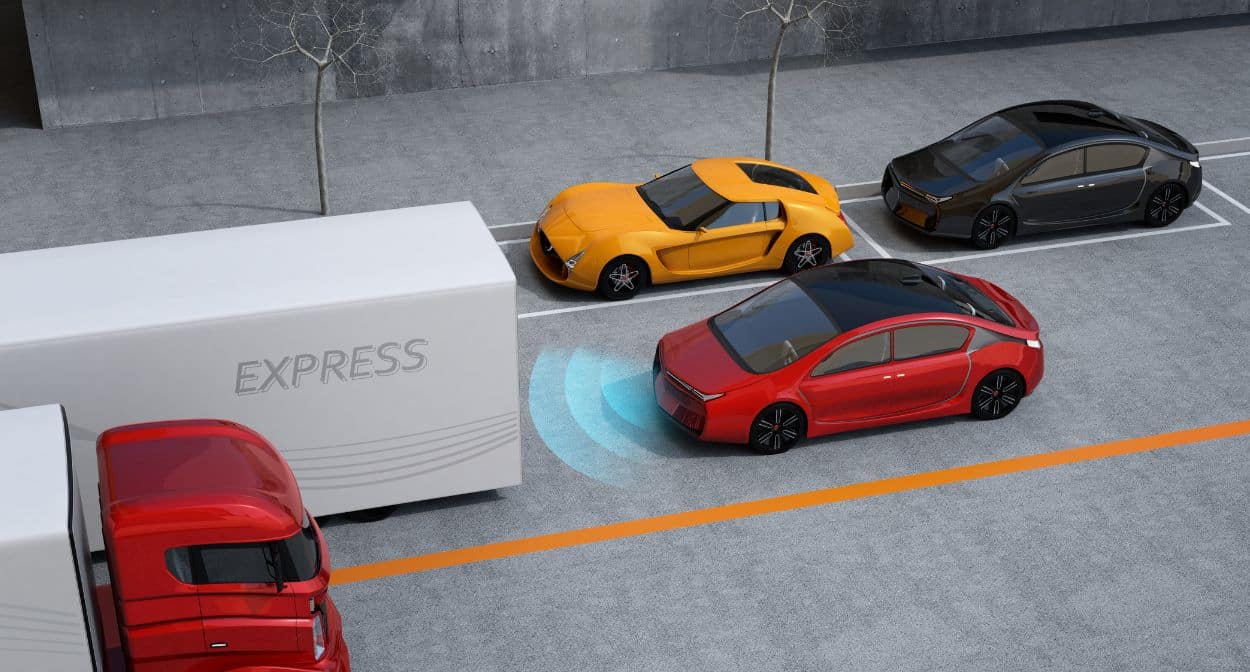
Brake Assist Systems
Brake Assist Systems are designed to detect emergency braking situations and apply maximum braking force to reduce stopping distances.
This technology enhances the driver’s response time, ensuring that the vehicle can come to a halt more quickly and safely.
How Brake Assist Systems Work
Brake assist systems use sensors to monitor the speed and pressure with which the brake pedal is pressed.
In an emergency braking situation, drivers often do not apply enough force to the brake pedal.
The system detects this and automatically applies additional brake force to maximize braking efficiency.
This rapid response can significantly reduce stopping distances, potentially preventing collisions.
Benefits of Brake Assist
The primary benefit of brake assist systems is their ability to enhance braking performance during emergencies.
By providing additional braking force, these systems help drivers stop the vehicle more quickly, which is crucial in avoiding accidents.
Brake assist is particularly beneficial in situations where a fraction of a second can make a significant difference in stopping safely.
Examples of European Car Models with Brake Assist Systems
Brake assist systems are widely used in European imports, reflecting the focus on advanced safety features.
Models such as the Mercedes-Benz E-Class, BMW 5 Series, and Audi Q7 are equipped with sophisticated brake assist systems.
These vehicles demonstrate how European manufacturers prioritize safety and incorporate the latest technologies to protect drivers and passengers.
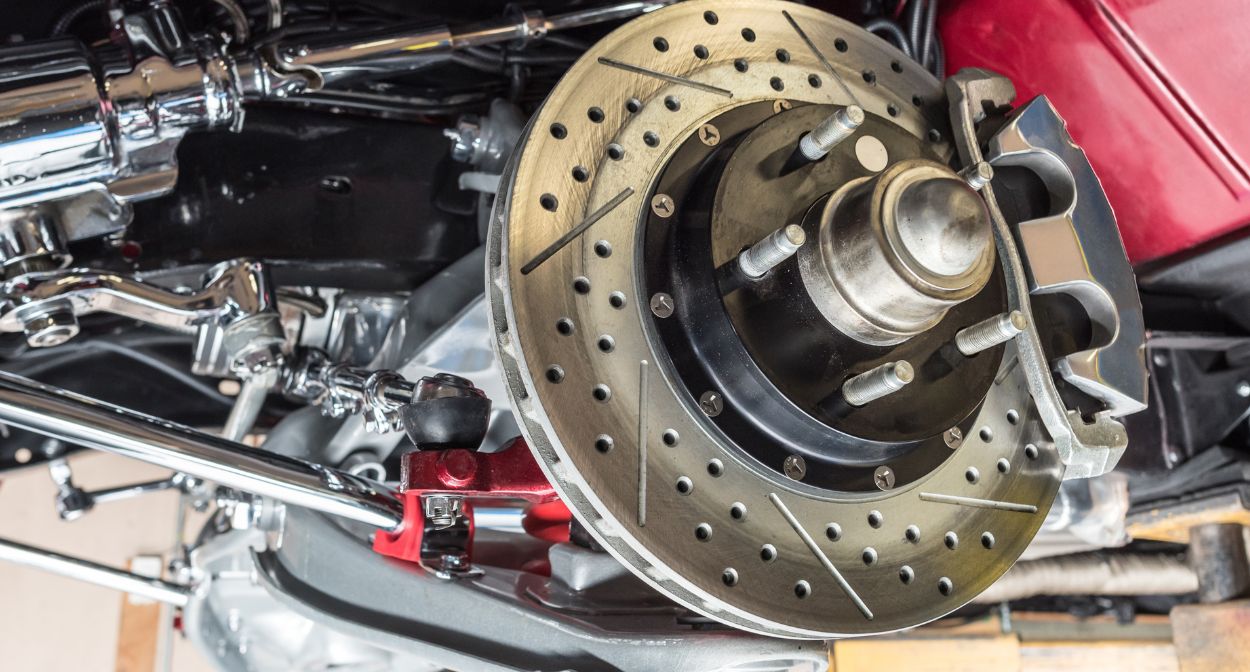
Integration and Synergy of Advanced Brake Technologies
While each advanced brake technology—ABS, EBD, and brake assist—provides significant benefits on its own, their true strength lies in how they work together.
The integration of these systems creates a synergistic effect, enhancing overall vehicle safety and performance.
How ABS, EBD, and Brake Assist Work Together
These systems are designed to complement each other, providing a comprehensive approach to braking safety.
ABS prevents wheel lockup and maintains steering control, while EBD optimizes brake force distribution to ensure vehicle stability.
Brake assist steps in during emergency braking situations to apply maximum brake force.
Together, these technologies ensure that the vehicle remains stable, controllable, and capable of stopping quickly and safely in various conditions.
Synergistic Effects on Safety and Performance
The combined operation of ABS, EBD, and brake assist significantly enhances the safety of European imports.
For example, during an emergency stop on a wet road, ABS will prevent skidding, EBD will adjust the brake force to the rear wheels to prevent oversteering, and brake assist will ensure that the maximum possible braking force is applied.
This integrated approach ensures that the vehicle can stop effectively while maintaining control, reducing the risk of accidents.
Real-world Scenarios Demonstrating Combined Benefits
Consider a scenario where a driver needs to perform an emergency stop on a slippery road.
The ABS system activates to prevent the wheels from locking, allowing the driver to steer around obstacles.
Simultaneously, EBD adjusts the braking force between the front and rear wheels to maintain balance, and brake assist ensures maximum braking force is applied quickly.
This seamless integration of technologies allows for a shorter stopping distance and greater control, significantly reducing the likelihood of an accident.

Future Trends in Brake Technology for European Cars
As technology continues to evolve, so do the advancements in brake systems.
European car manufacturers are constantly innovating to enhance safety, performance, and efficiency.
The future of brake technology looks promising, with several emerging trends poised to revolutionize the industry.
Emerging Brake Technologies
One of the most exciting developments in brake technology is the advent of regenerative braking systems.
Commonly found in electric and hybrid vehicles, regenerative braking allows the vehicle to recover energy during braking and store it for later use.
This not only improves energy efficiency but also reduces wear on traditional brake components.
Another emerging technology is brake-by-wire, which replaces traditional hydraulic brake systems with electronic controls.
Brake-by-wire systems offer more precise control over braking force and can be integrated with other advanced driver-assistance systems (ADAS) for enhanced safety features.
Predictions for Future Advancements
Looking ahead, we can expect further integration of artificial intelligence and machine learning in brake systems.
These technologies will enable vehicles to predict and respond to potential hazards more effectively, improving overall safety.
Additionally, advancements in sensor technology will enhance the precision and responsiveness of brake systems, making them even more reliable.
Autonomous driving technology will also play a significant role in the future of brake systems.
As self-driving cars become more prevalent, brake systems will need to be highly sophisticated, capable of responding to a wide range of scenarios without human intervention.
Maintaining Europe’s Leadership in Automotive Safety
European car manufacturers have long been leaders in automotive safety, and their commitment to innovation ensures they will remain at the forefront.
By continuously developing and integrating advanced brake technologies, European brands like Mercedes-Benz, BMW, and Audi set the standard for safety and performance in the automotive industry.
Conclusion
In summary, advanced brake technologies have significantly enhanced the safety and performance of European imports.
Systems like Anti-lock Braking System (ABS), Electronic Brake-force Distribution (EBD), and brake assist work individually and synergistically to provide superior control, stability, and stopping power.
These innovations not only protect drivers and passengers but also contribute to a more enjoyable and confident driving experience.
The future of brake technology looks even brighter, with emerging trends like regenerative braking, brake-by-wire, and AI integration promising to push the boundaries of what is possible.
European car manufacturers continue to lead the way in adopting and developing these technologies, ensuring that their vehicles remain at the cutting edge of safety and performance.
As a driver or prospective buyer of European imports, understanding these advanced brake technologies can help you make informed decisions and appreciate the engineering excellence behind these vehicles.
Investing in a car equipped with these systems means prioritizing safety, innovation, and a commitment to superior driving experiences.


